On Tuesday, members of the Senate Committee on Energy and Natural Resources met to discuss the electricity grid’s growing reliance on fossil fuels. The committee noted that the grid could not be switched to a more renewable source until experts can be sure of how effective the new power source might be.
Despite hopes of turning America to greener electricity sooner, oil and gas will need to continue to be the primary source of power due to the increased need. The culprits of the uptick are surprising: artificial intelligence and electric vehicles.
Biden’s Climate Change Plans Include Phasing Out Fossil Fuels

The Biden administration has made climate change and the environment one of their top concerns during his tenure. The agenda quickly prioritized the reliance on fossil fuels and the growing crisis affecting global warming.
The administration noted that the country needs to start weaning off oil and gas as part of its plan to have net zero emissions by 2050. However, in 2023, fossil fuels still supplies more than 60% of the nation’s electricity.
Spike in Energy Usage Following New Tech
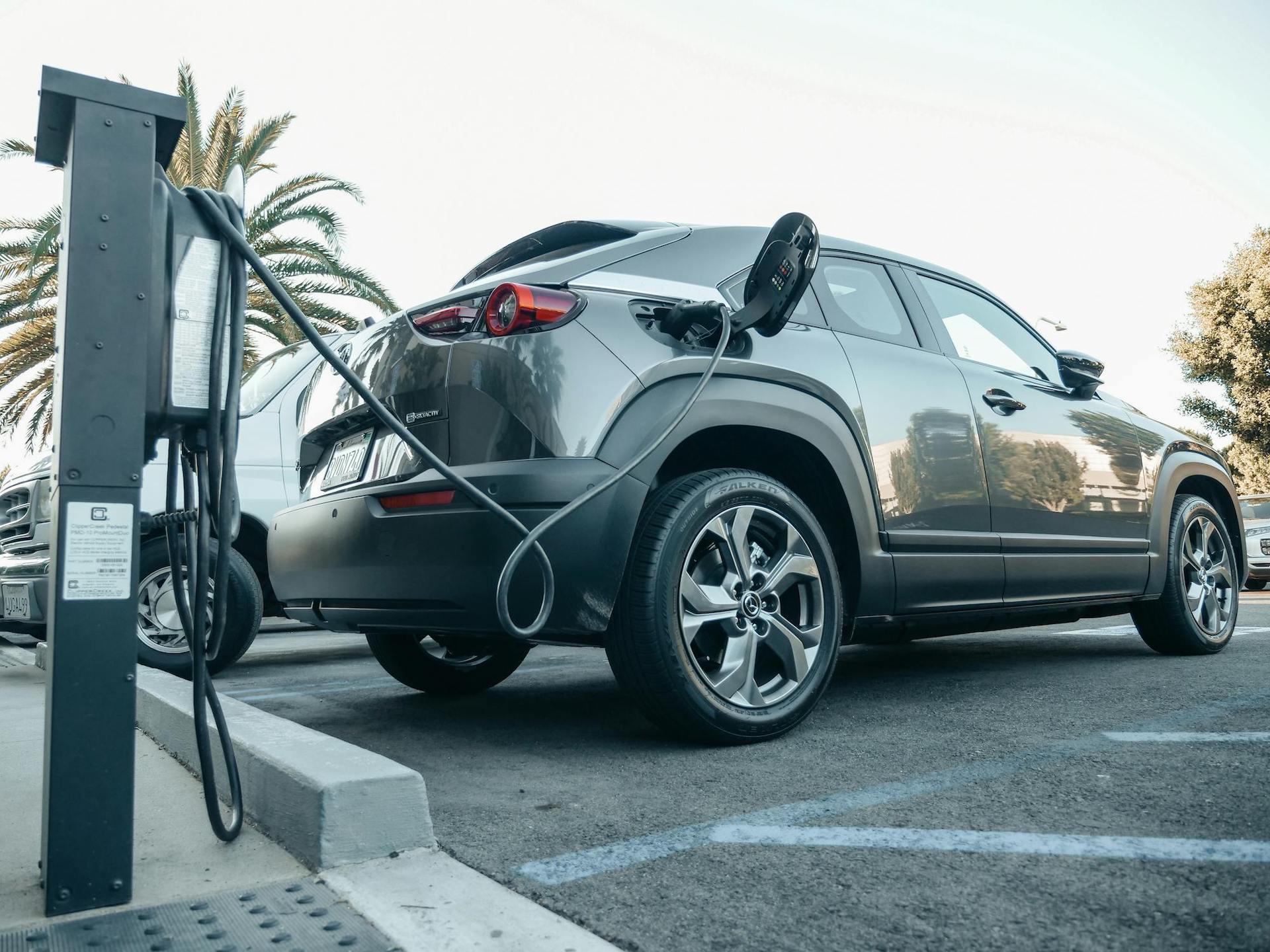
Recently, an interesting phenomenon has occurred in the electricity grid despite the pleas for Americans to use less and conserve more. The grid has actually faced an increase in demand in recent months, causing an expansion of the fossil fuel industry.
The reason for the massive increase in energy needs might be surprising to many people. New technologies like artificial intelligence and electric cars are to blame for the spike in energy usage.
Biden Might Have Set Back the Plan Himself

The Biden administration focused on pushing electric vehicles and manufacturing technology in the states for things like semiconductors that power the internet and electric car batteries.
However, despite manufacturing semiconductors, batteries, and microchips in America, tech companies like Google, OpenAI, and Meta need to use electricity to power their massive networks. The internet uses a combined 200 to 400 terawatt-hours per year, which is enough energy to power the entire country of Argentina.
Plan To Pay for the Growing Demand for Electricity
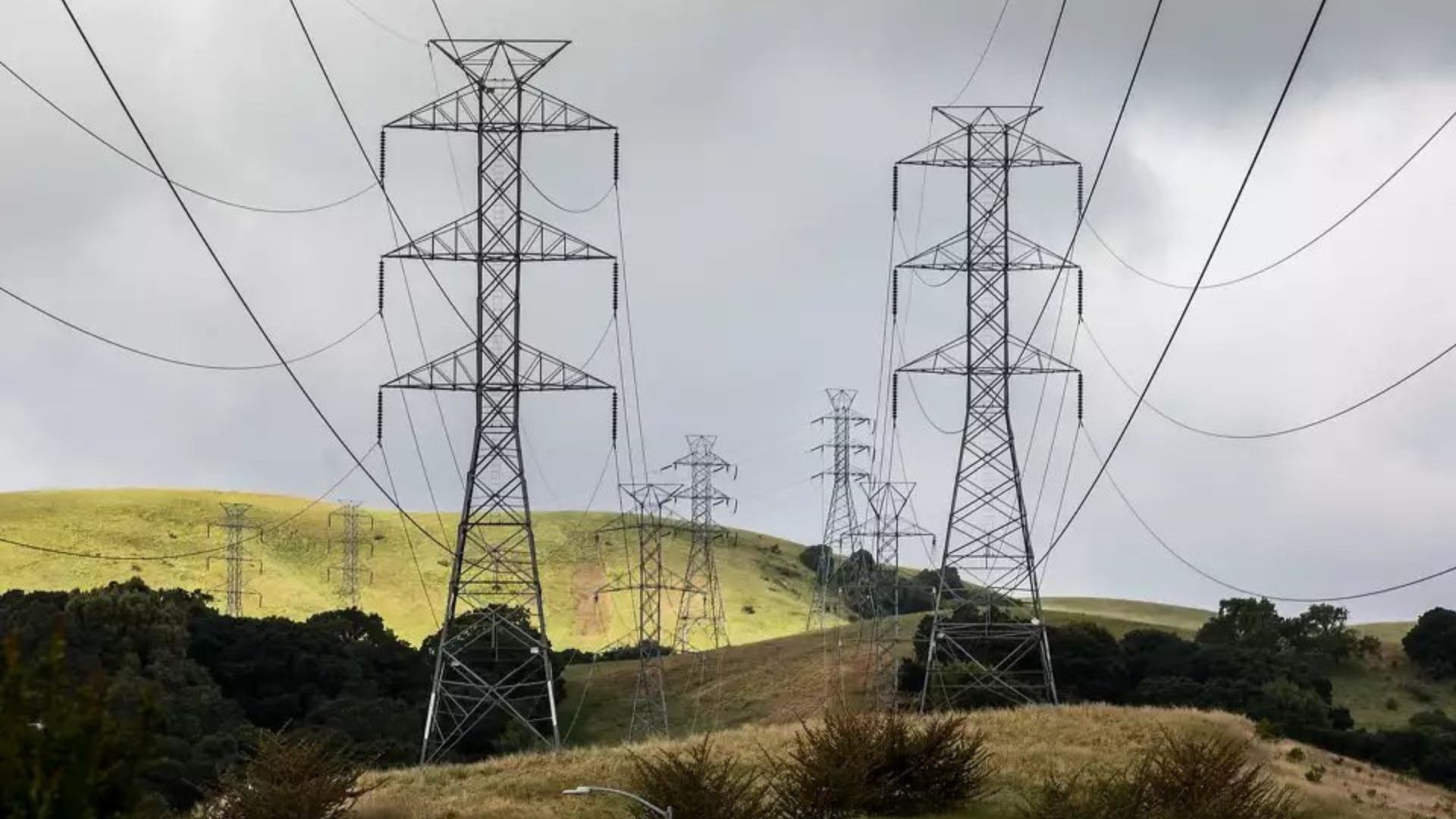
The Federal Energy Regulatory Commission created two new rules to address the need to pay for the growing demand in the electricity grid earlier this month. However, after hearing the plan, members of the Senate committee say that the rules are not enough.
The landmark ruling on electricity grid usage seeks to override the authority of individual states. The rule allows the FERC the power to grant permits to electric transmission power lines when states don’t act quickly enough.
Biden Says: Power Needs Will Double
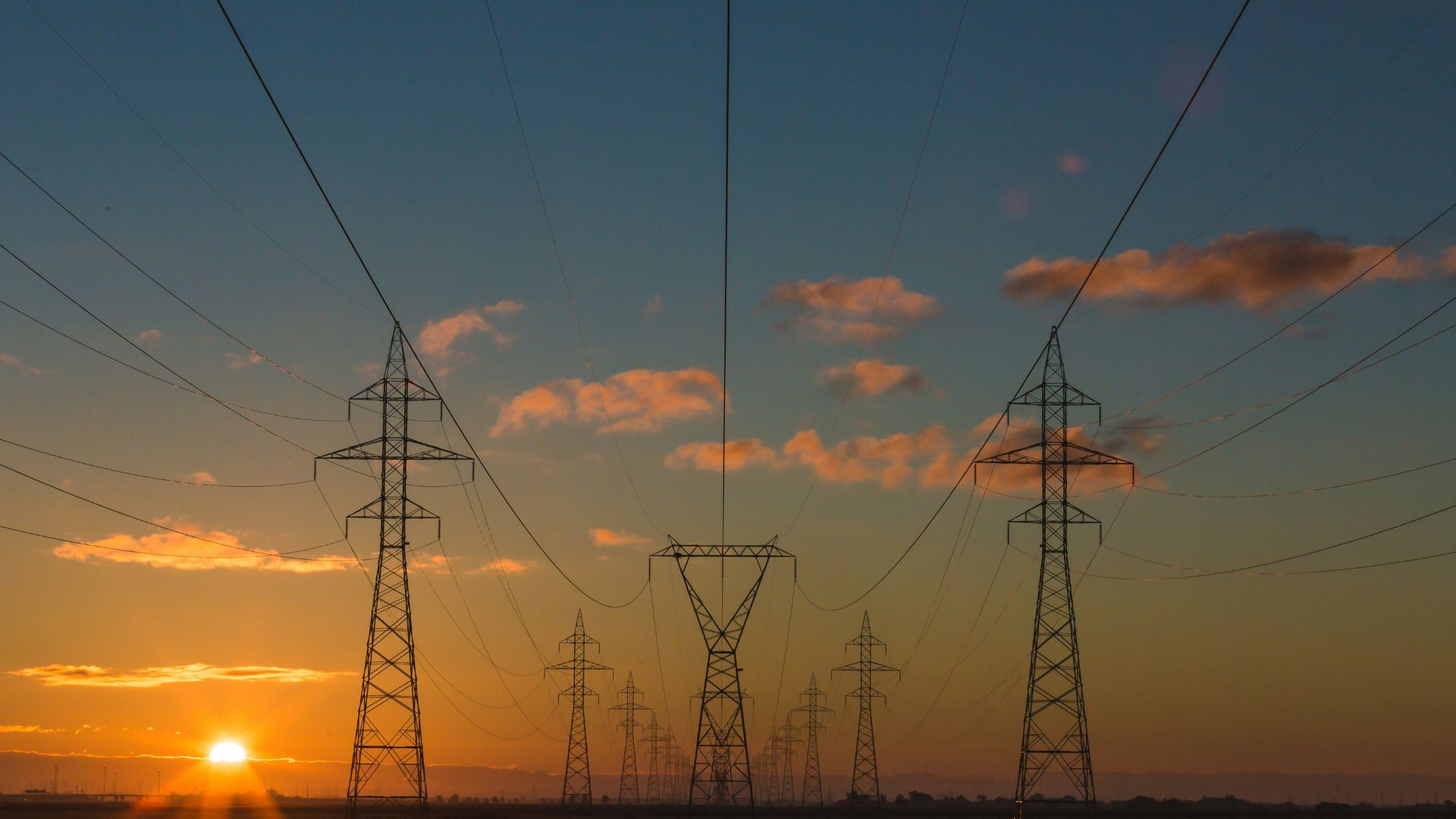
The FERC rules follow the outline created by the Biden Administration, which says that power usage will likely double soon.
The source of electricity will need to change to meet the goal of cutting carbon pollution from the power grid by 2035.
Electric Cars Still Rely on Fossil Fuels
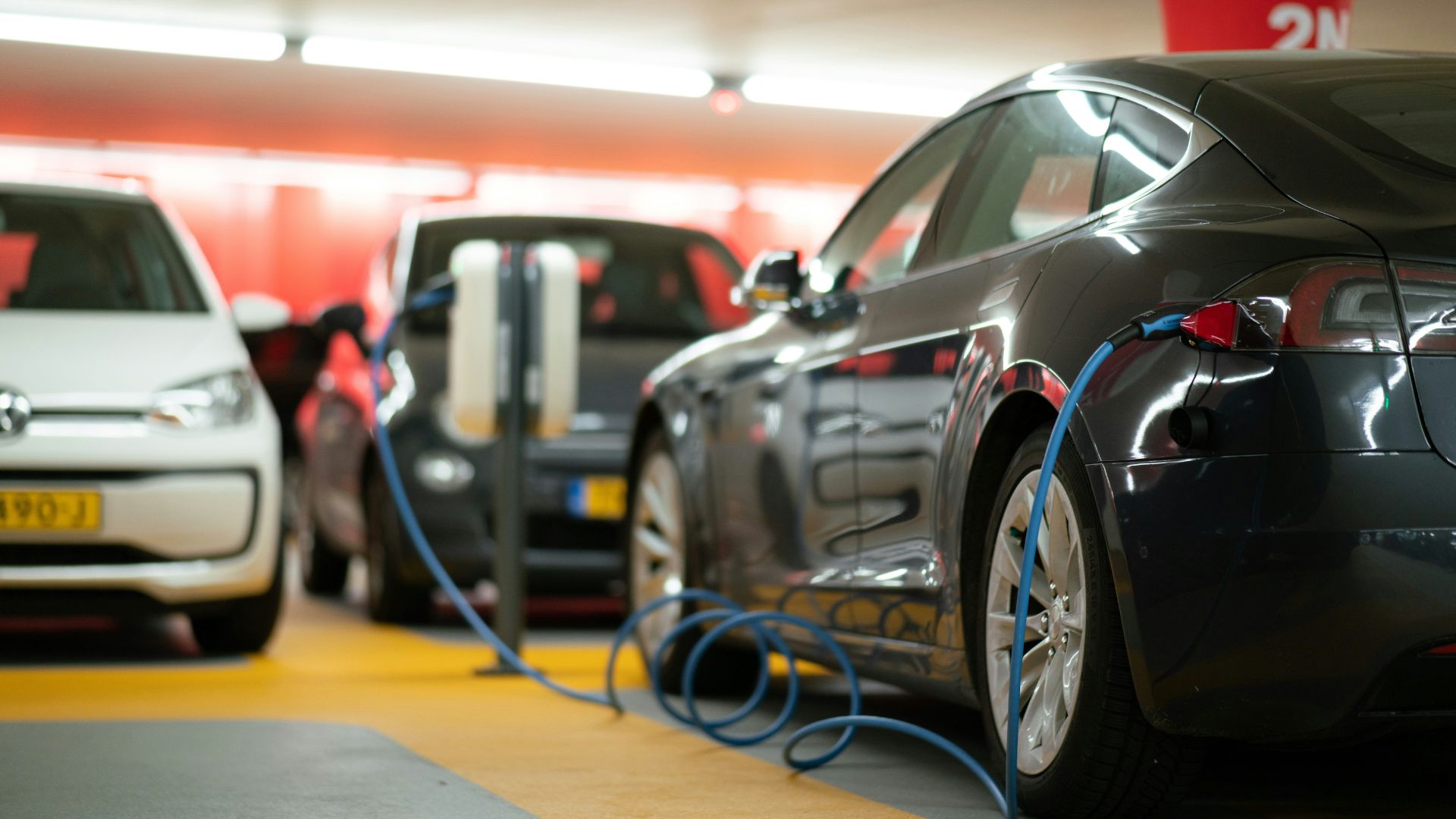
In addition to the harsh chemicals and fossil fuels needed to manufacture electric vehicles, many still rely on the energy grid to power their electric batteries. Unless a person can be sure that their power bank is being charged by hydro, wind, or solar, then electric cars are still being fueled by oil, gas, and even coal in some instances.
However, EVs still generally use less power to operate than traditional gas-powered cars. Studies show that in just one year, the average electric car saves about 1.5 million grams of C02 compared to gas-powered cars.
America Needs More Manufacturing On Its Shores

Members of the Senate Committee are happy to proceed with the FERC rules. However, they think the plan is insufficient to lure new manufacturers to America.
“Let me be clear, these rules are using the tools FERC currently has, and is not a replacement for congressional action,” said committee chairman Joe Manchin D-W.Va.
Energy Reliance Can Inform New Manufacturing Plants
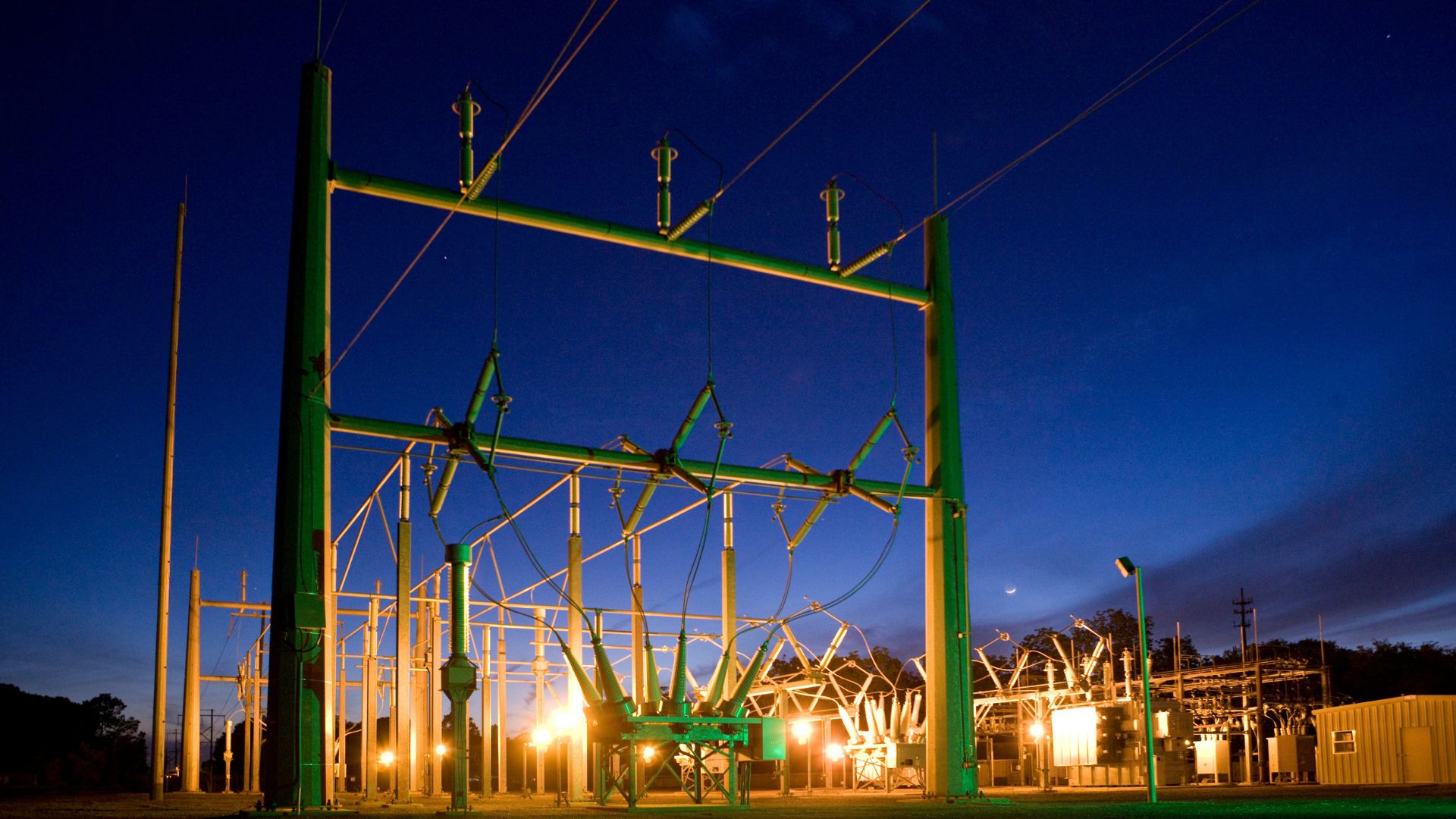
Due to the FERC ruling, certain states will have more access to electricity than others.
This landmark change will reduce the number of states large manufacturers can choose from when deciding where to locate operations.
Big Tech Companies Eye Up State’s More Closely

Scott Gatzemier, corporate vice president of front-end U.S. expansion at Micron Technology, said that energy plays a large role in deciding where manufacturers will expand production. The company recently decided to build a new project in New York.
“One of the reasons we decided to go there is because there’s a nuclear power plant 40 miles directly north of our facility with a direct client connection to the 345 [klilovolt] substation across the street — one of the most reliable substations on the grid,” Gatzemeier said.
Micron Waiting For Massive Influx of Cash to Begin Operations

Micron is a leading manufacturer of semiconductors, and a law passed in 2022 will fund it with more than $6 billion.
The law directly targets America’s competition with the Chinese semiconductor market.
Increased Manufacturing Means Increased Energy Needs
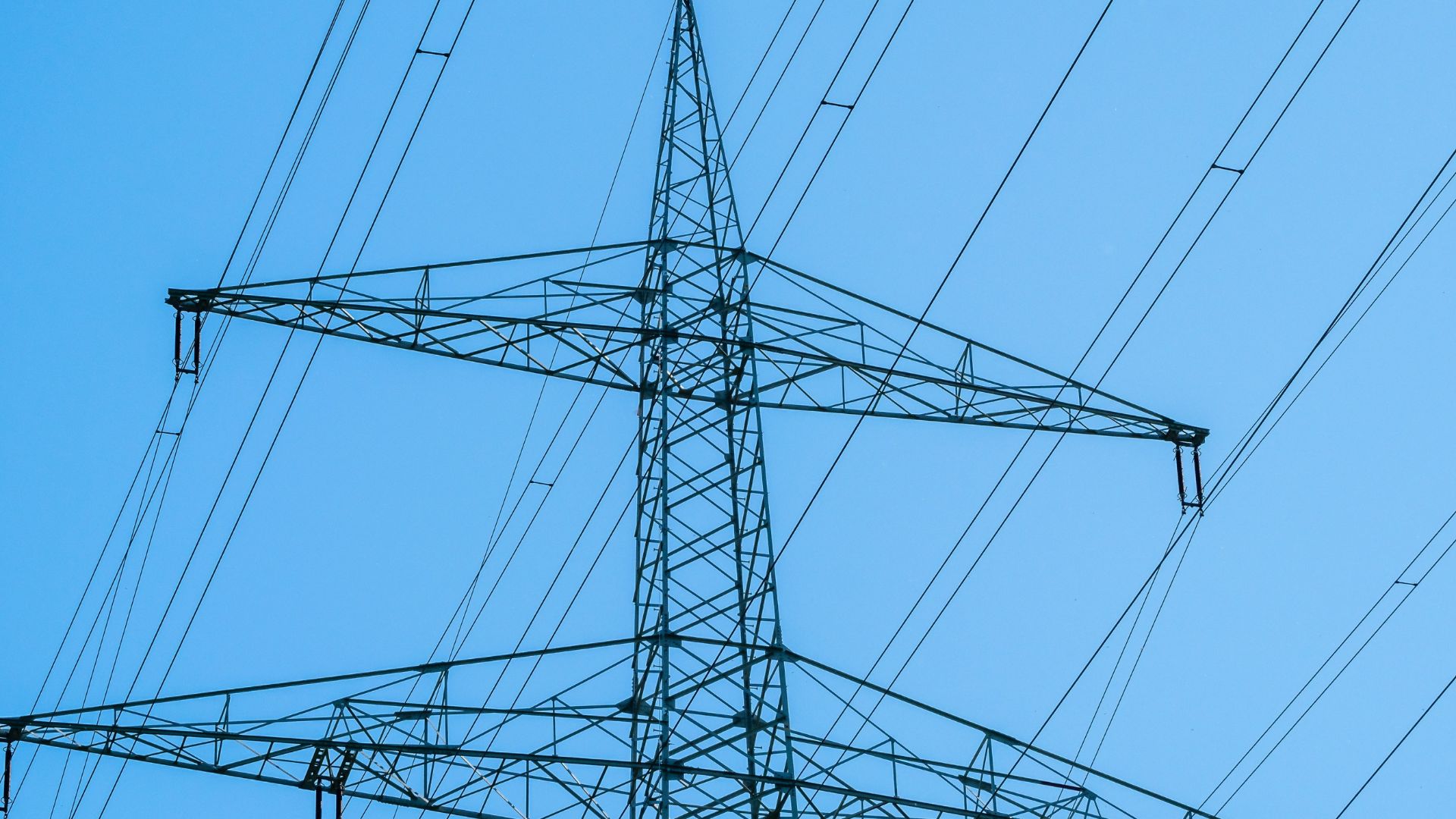
As America becomes a superpower of manufacturing, the country will continue to increase its reliance on electricity. Natural gas is one of the best options for reliable electricity throughout the grid.
“Our natural gas assets in the United States have experienced all-time delivery records, and our natural gas deliveries to power generators are up 11% compared to 2023, setting a record,” a spokesman for TC Energy said. The company operates natural gas pipelines and operates more than 60,000 miles of lines throughout North America.








































